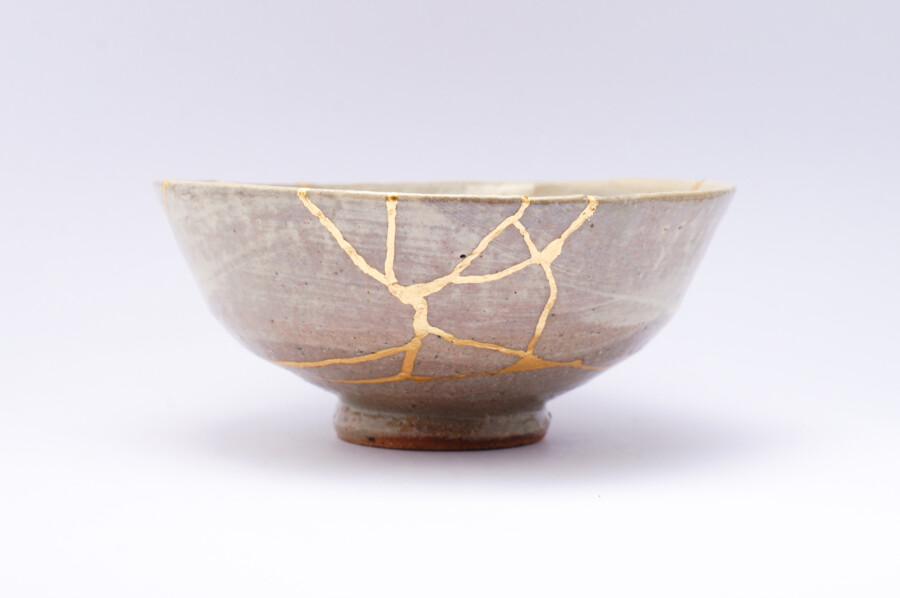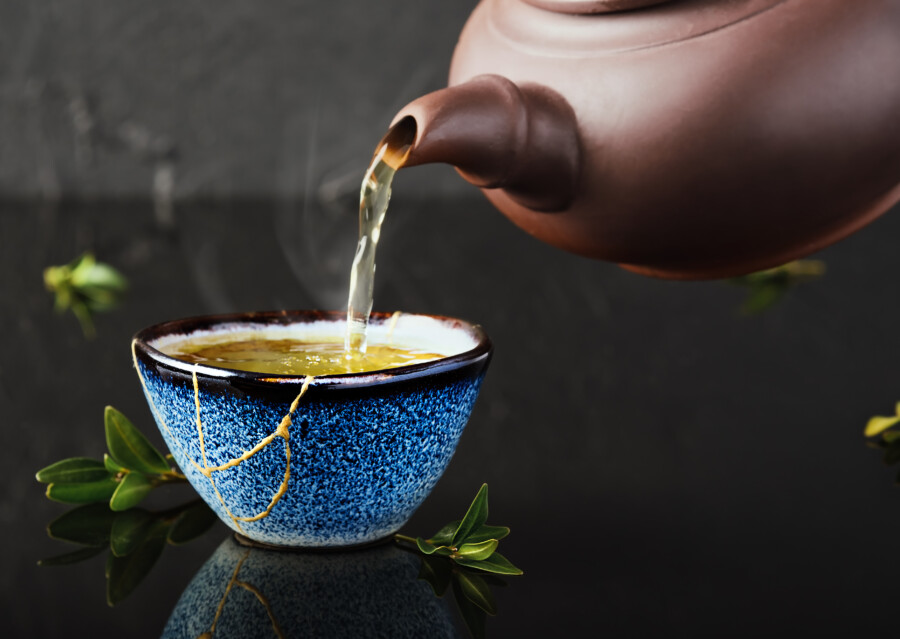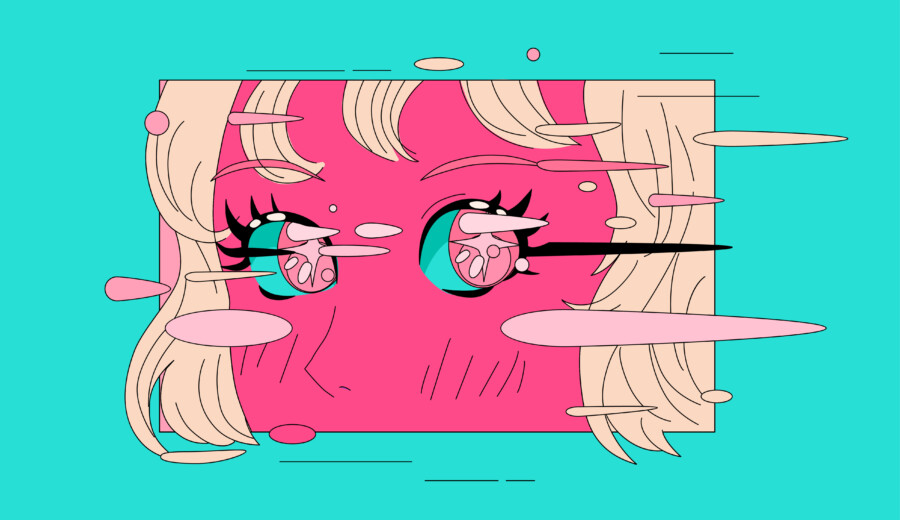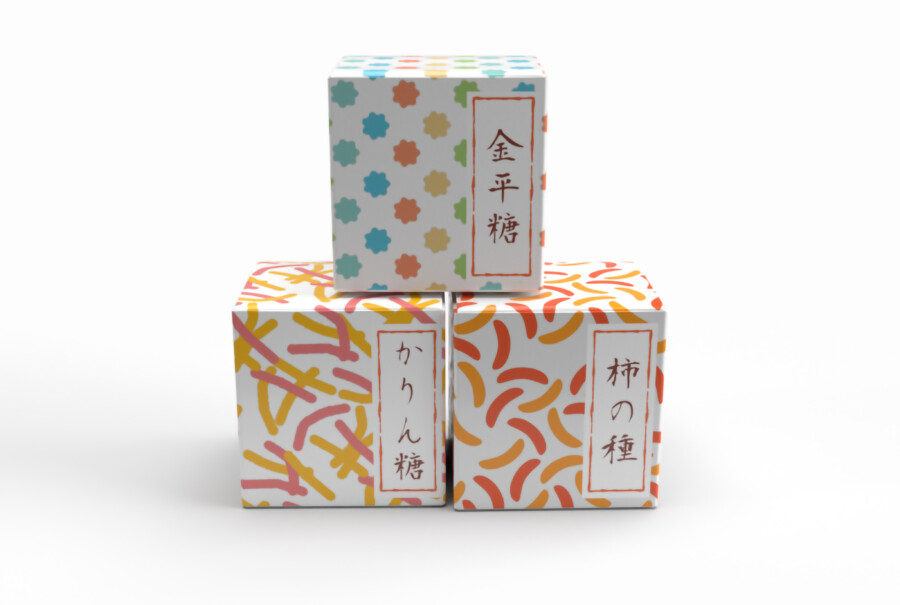
The Art of Kintsugi in Design: Turning Flaws into Features
Kintsugi is the Japanese art of repairing broken ceramics with lacquer mixed with gold, silver, or platinum powder. The idea behind this technique is not just to fix something broken, but to celebrate the cracks and imperfections as a meaningful part of its history. In design, we can draw inspiration from Kintsugi to transform flaws into beautiful, distinctive features. By embracing imperfections rather than hiding them, we invite authenticity, resilience, and individuality into our work. In this article, we will explore how the philosophy of Kintsugi can be applied to various design fields and provide insights into incorporating these principles into modern creative processes.
Authentic Japanese Branding Marks
What Is Kintsugi?
Kintsugi (金継ぎ) literally means “golden joinery” or “golden repair.” The traditional technique involves piecing together shards of a ceramic item using a special lacquer, then sprinkling or painting the repaired seams with gold dust. As a result, the fracture lines are highlighted rather than concealed. The repaired object often ends up more visually striking and even more valuable than it was before it broke.
The philosophy behind Kintsugi is closely tied to the broader concept of wabi-sabi—the acceptance of transience and imperfection. Wabi-sabi teaches us to find beauty in the incomplete or the worn. By celebrating an object’s flaws as part of its ongoing story, Kintsugi reminds us that it is possible to flourish and become stronger from adversity.
From Ceramics to Design: Embracing Imperfection

When we talk about design—whether it’s product design, graphic design, or even digital interface design—we often think of perfection as our ultimate goal. Flawless surfaces, sleek lines, and carefully aligned elements are considered standards of good design. However, humans are inherently drawn to authenticity and character. We find charm in a slightly scuffed edge, a subtle texture, or a unique quirk that sets an object apart. Imperfections can communicate honesty and a sense of history that polished perfection cannot.
Reflecting Personality
Flaws can serve as a storyteller. For instance, if a piece of furniture has visible hand-tool marks, those small imperfections let us trace the maker’s skill and labor. In this sense, design that highlights its own process can appeal to individuals who value craftsmanship and want to own objects with personal and emotional resonance.
Strengthening Emotional Connections
Imperfections in a design can also create stronger emotional bonds with users. A small chip on a favorite mug may serve as a reminder of a moment in time. If we intentionally incorporate that sense of “marking” or use subtle design elements that show the passage of time, it can help users feel a deeper connection. Much like a carefully repaired ceramic piece, a design that visibly retains its history offers a unique and personal touch.
Designing with Kintsugi Principles
Though Kintsugi originally pertains to ceramics, its underlying values and aesthetics translate well into modern design thinking. Below are a few ways to incorporate the Kintsugi mindset in your creative projects.
Acknowledge and Highlight Weak Points
Rather than hiding weak points, think about ways to integrate them into the final design. For example, in web or app design, error messages and loading screens are often considered inconveniences. A Kintsugi-inspired approach might involve transforming them into thoughtful, elegant interludes—such as a well-designed loading animation or a humorous error message that becomes a memorable part of the user experience. By addressing the potential “flaws” in the product or experience, you can create a more humane and relatable design.
Use Contrasting Materials or Colors
In product design, the simplest way to embrace the Kintsugi concept is through material contrast. If there is a crack or seam in your design process, consider showcasing it by choosing a contrasting color or texture. For instance, a wooden table with a subtle inlay of colored resin can evoke the Kintsugi look and feel. Similarly, a laptop sleeve with a bold stitch across a patch might become a signature element, giving it character and uniqueness.
Incorporate a Storytelling Element
Kintsugi elevates a broken object by incorporating its history into the final piece. In design, you can do something similar by telling a story through subtle, yet intentional, details. This could be as simple as adding a pattern that reflects a project’s origin or referencing an important brand milestone in a logo redesign. When customers or users discover these hidden narratives, they are more likely to form a lasting bond with the product or brand.
Celebrate the Process
Like Kintsugi craftsmen who painstakingly restore ceramics, modern designers can celebrate the process of creation. Show behind-the-scenes elements, sketches, prototypes, or layers of the design to give users insight into how an object or interface came to be. By making the process more transparent, you remind users that design is an evolving journey—filled with trials, errors, and revisions—and that imperfection can be a powerful source of growth.
Case Studies: Kintsugi-Inspired Design

Case 1: Furniture with Resin Inlays
A growing number of contemporary furniture designers integrate the Kintsugi philosophy by using resin inlays to accentuate natural cracks or knots in the wood. Instead of discarding “flawed” pieces of lumber, they embrace the unique textures and veins. The resin, often mixed with metallic pigments, transforms imperfections into dynamic lines of color. This technique not only breathes new life into discarded materials but also creates statement pieces with story and soul.
Case 2: Architectural Restoration
In architecture, Kintsugi concepts are seen in the way some restoration projects highlight historical layers of a building rather than erasing them. By exposing original brickwork or layering modern materials over an older structure, designers pay respect to the past while still making room for contemporary innovations. The resulting space often showcases a dynamic blend of old and new that speaks to the evolution of the building’s identity.
Case 3: Brand Identity Revamps
Brands undergoing rebranding or logo refreshes sometimes adopt elements reminiscent of Kintsugi. They take previous design assets—like a recognizable color scheme or shape—and intentionally keep portions intact while overlaying or merging new elements. The old and new coexist, symbolizing both continuity and progress. In doing so, brands assure their loyal audience that history is not forgotten but rather built upon, effectively turning any perceived “flaws” in past branding into a conversation piece.
The Emotional Impact of Kintsugi in Design
One of the core reasons Kintsugi resonates with so many people is its symbolic power. It teaches that brokenness can be the basis for something stronger and more beautiful. In the context of design, every flaw represents an opportunity—an opportunity to innovate, to create meaning, and to build authenticity. When designers infuse Kintsugi’s lessons into their work, the end results are often emotionally compelling, subtly reminding us that imperfection is not just acceptable, but worthy of celebration.
Practical Tips for Designers
- Identify “Flaws” Early
In the design process, make a list of potential problem areas—such as budget constraints, material limitations, or conceptual challenges. Use these as jumping-off points for creativity. - Experiment with Contrasts
Try pairing unconventional materials, or use color blocking to highlight edges and seams in your designs. - Document Your Process
Keep notes, sketches, or even short videos explaining your design decisions. Sometimes what initially feels like a mistake can become a defining characteristic. - Engage Your Audience
Share the “story” behind each imperfection or design pivot. This can be done in product descriptions, promotional materials, or even social media posts. - Stay Flexible
Kintsugi is as much about patience and embracing the unpredictable as it is about aesthetics. Prepare to revise and adapt your design when you discover new opportunities hidden within what you initially perceived as a flaw.
Conclusion
The art of Kintsugi reminds us that beauty emerges when we allow imperfections to become part of our narrative. By championing honesty, resilience, and transformation, Kintsugi-inspired design moves away from the pursuit of faultlessness and instead focuses on authenticity and emotional depth. Whether you’re refining a user interface, restoring an old building, or developing a new product line, adopting the Kintsugi mindset can lead to innovative solutions that are richer in meaning and resonance.
When flaws are turned into features—when the breaks are gilded and the scars are showcased—we discover designs that are both timeless and deeply human. By learning from Kintsugi, today’s creators can craft products, experiences, and brands that stand out in a crowded market, not in spite of their imperfections, but because of them. In a world that sometimes feels overly curated and polished, a genuine celebration of imperfection might just be the most refreshing approach of all.
Get Japan-Optimized Packaging →










